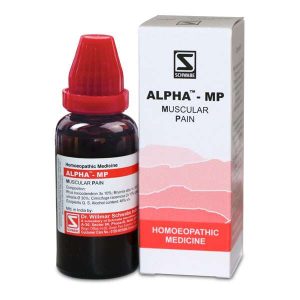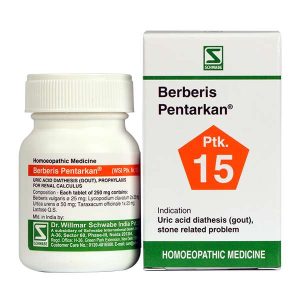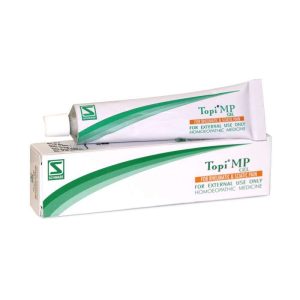
Pseudogout
-
-18%
 Rated 4.83 out of 5 based on 6 customer ratings(6)
Rated 4.83 out of 5 based on 6 customer ratings(6)₹135.00₹110.70 You Save: ₹24.30 (18%)Add to cart -
-18%
 Rated 4.83 out of 5 based on 6 customer ratings(6)
Rated 4.83 out of 5 based on 6 customer ratings(6)₹195.00₹159.90 You Save: ₹35.10 (18%)Add to cart -
-18%

Showing all 3 results
Pseudo gout is characterized by the accumulation of calcium pyrophosphate dihydrate crystals in the hyaline articular cartilage or fibrocartilage to form crystals. It is often misdiagnosed as gout. There may be familial tendency for this disease, and is commonly associated with other metabolic disorders like haematochromatosis (iron metabolic disorder results in excessive iron deposition in body tissues), hyperparathyroidism, diabetes mellitus, Wilson’s disease and true gout. It is also called calcium pyrophosphate dihydrate deposition disease (CPPD).
Signs and symptoms
Symptoms may be similar with true gout, but it is seen most often in persons over the age of 60 years. Sudden and repeated attacks of pain appear in large joints, most commonly knee and wrists. Frequently affected joints are hip, shoulder, metacarpophalangeal joints, elbows and ankles. Inflammatory symptoms like heat, swelling, redness, stiffness and soreness are usually present. There may be a grating sound when the roughened cartilage on the surface of the bones rubs together. The symptoms of pseudogout may last several days to a few weeks. Recurrent episodes after a short period with each time affecting completely different joints are reported.
Management
Exercise helps keep the muscles strong around a joint and maintain a healthy weight. Once the swelling of pseudogout has settled down, stretching exercises help to keep the muscles strong. Applying heat may help to reduce the pain and inflammation. In some cases application of ice-packs help.
Get remedies
- Alpha-MP
- Topi MP
- Berberis Pentarkan
Disclaimer: The information provided herein on request should not be taken as a replacement of medical advice or for the diagnosis or treatment of any medical condition.
Blog Post


Effects of Diabetes, Smoking, and Other Factors on Sexual Health


Plant-based Protein vs. Animal Protein: Which is Better for Your Health?






























